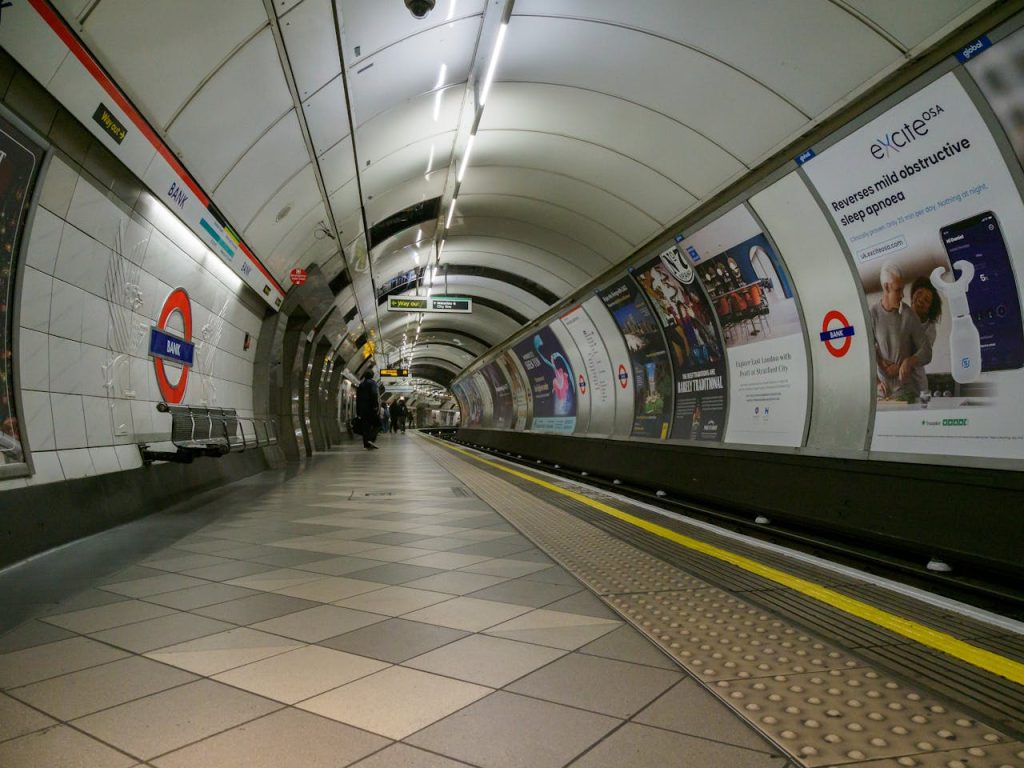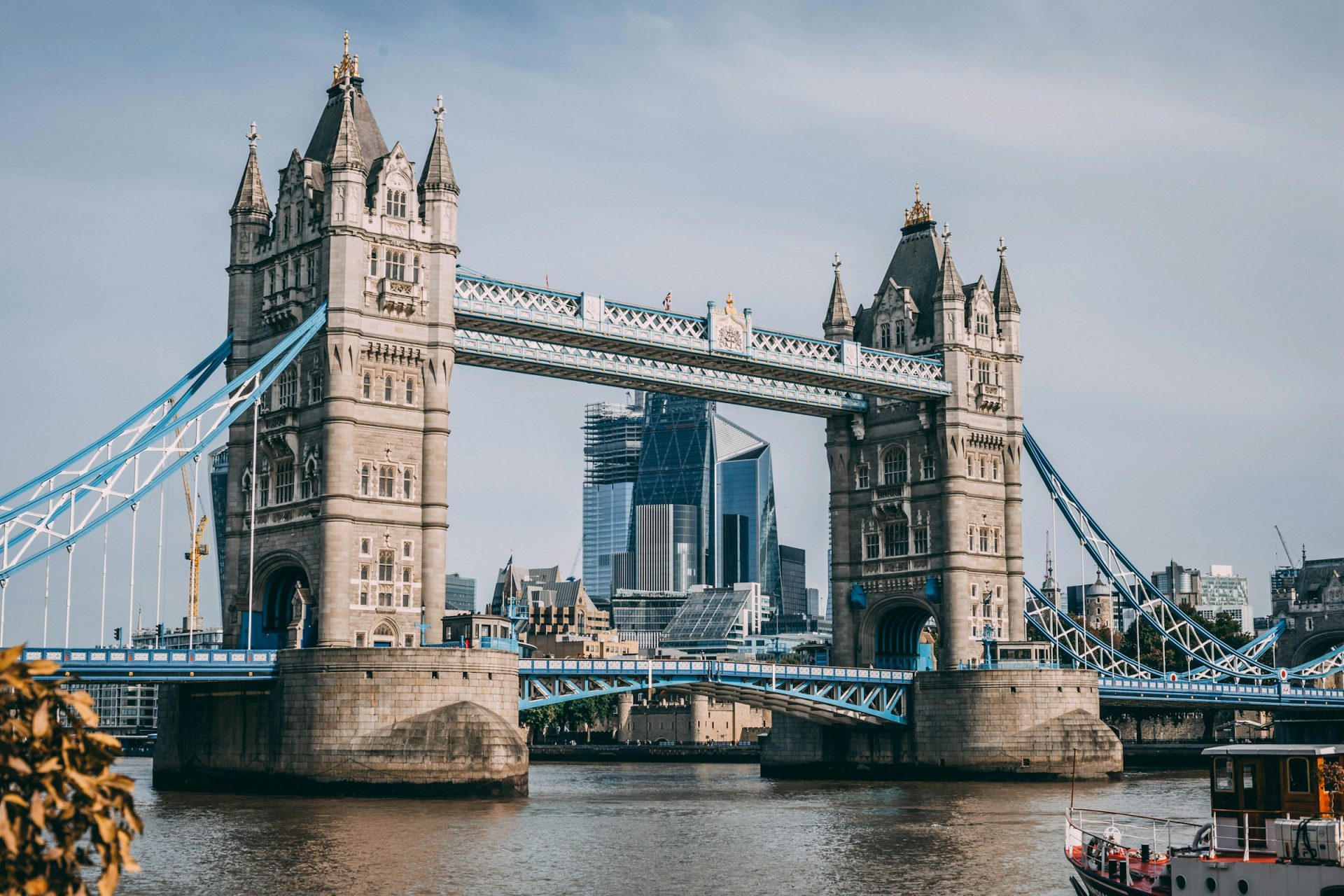London’s Overground was once jokingly referred to as “a tangle of spaghetti.” London Mayor Sadiq Khan declared in his reelection campaign in 2021 that, in order to make the London network more accessible to passengers, he would invest £6.3 million in renaming, recoloring, and rebranding the Overground.
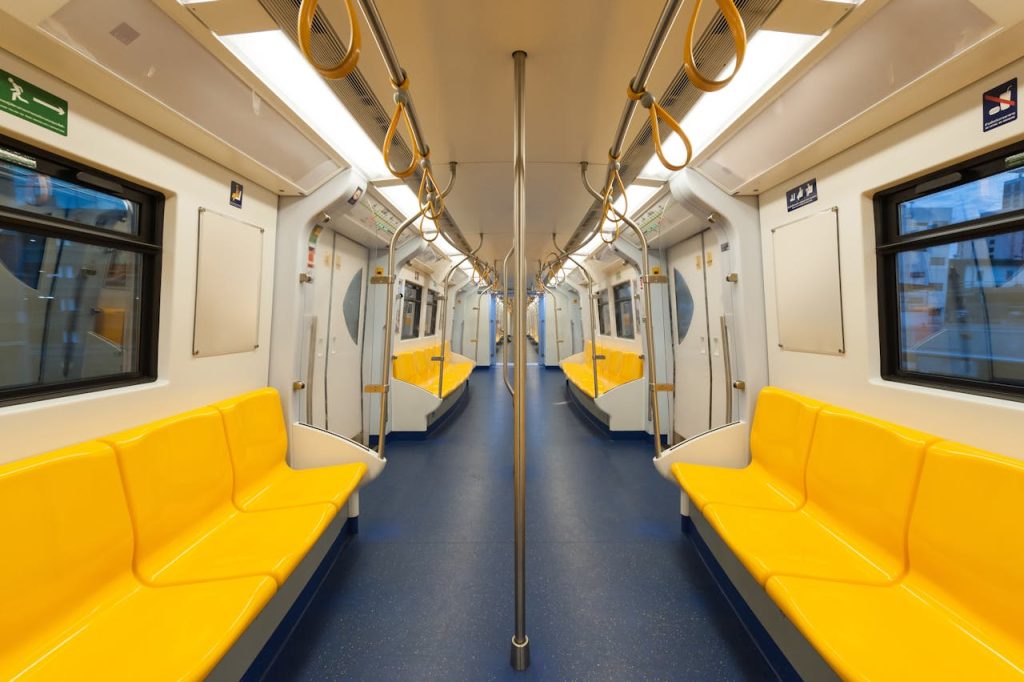
This network, comprising 113 stations, will be renamed and given different colors for each of its six branches. Transport for London hired branding agency DNCO, which stated, “We were fortunate to interview top historians, scholars, and transportation experts who delved into fascinating topics such as London’s LGBTQ+ history, East End immigration, and the captivating world of London slang and linguistics.”
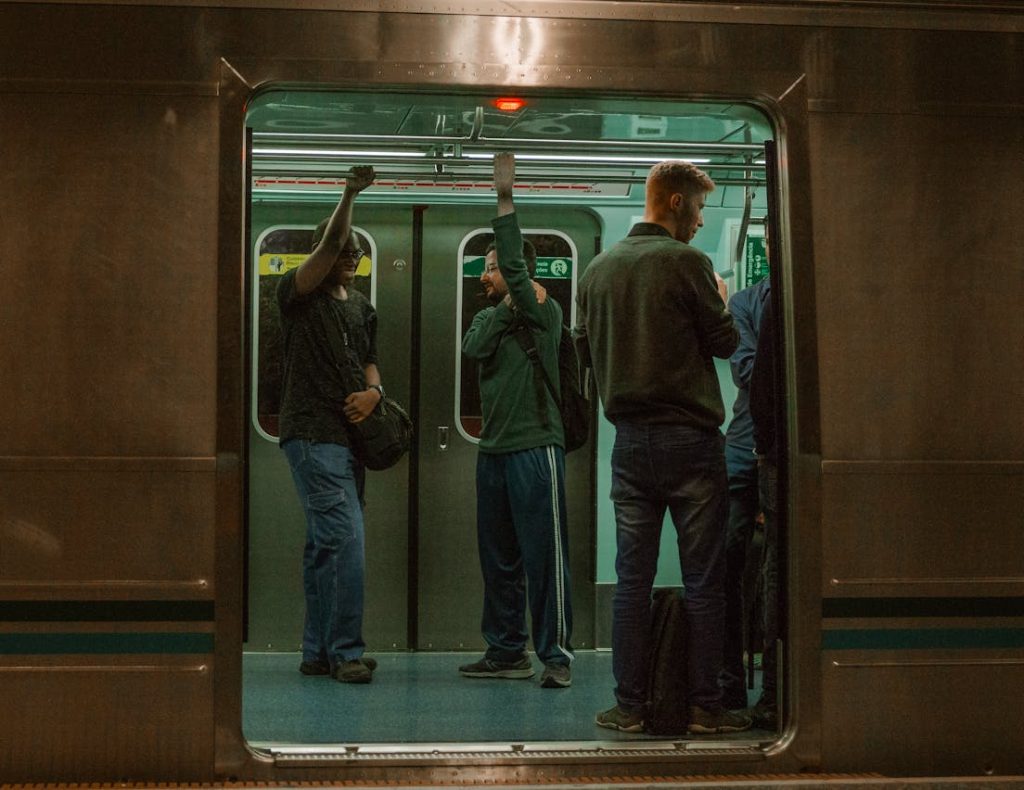
Ultimately, these six lines will be renamed as the Lioness line, Windrush line, Weaver line, Liberty line, Mildmay line, and Suffragette line.
The Lioness line – Watford Junction to Euston
This line, directly traversing the heart of Wembley from Euston to Watford Junction, marks the site where the Lionesses, England’s women’s football team, secured their greatest triumph by winning the UEFA Women’s Euro 2022 final.
Following their victory in the UEFA Women’s Euro 2022 and an unforgettable performance in the FIFA Women’s World Cup final a year later, the success of the Lionesses has attracted millions of fans and significantly influenced participation in the sport. After the success of the Euro, an additional 2.3 million women and girls were inspired to get involved in the sport in the season following.
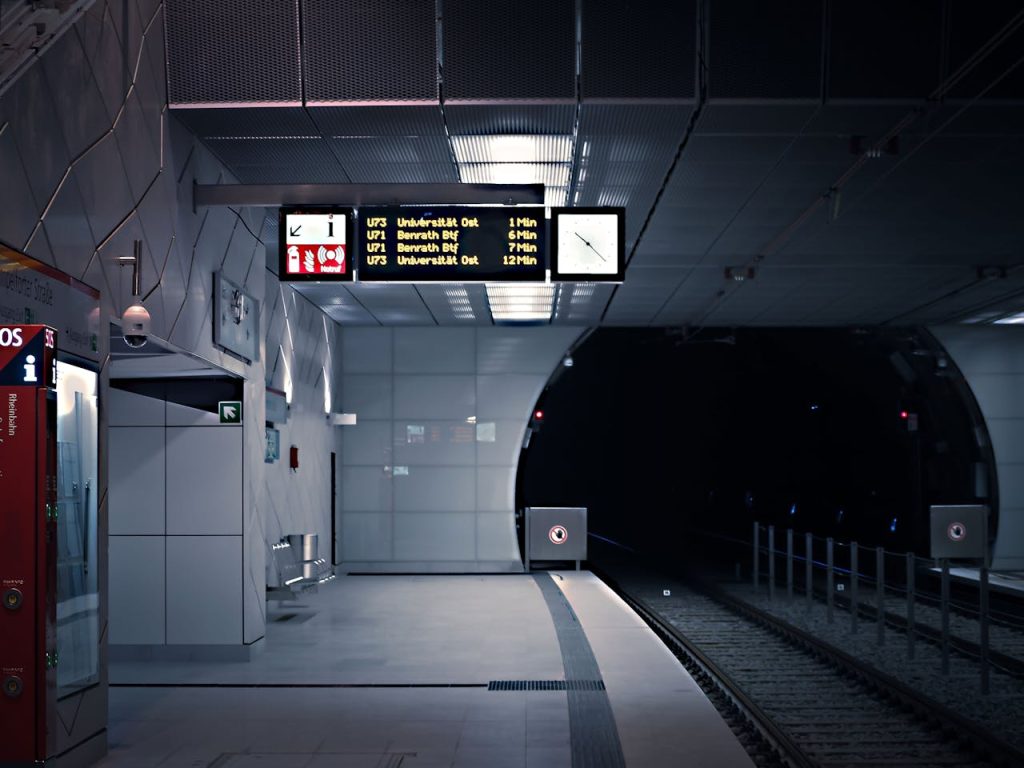
The Windrush line – Highbury & Islington to New Cross/…
This line passes through areas closely connected to the Caribbean community, such as Dalston Junction, Peckham Rye, and West Croydon. The arrival of HMT Empire Windrush in June 1948 marked the beginning of a generation of mass migration to Britain. From ska, reggae, jazz, and blues to various Latin music genres, the Caribbean community enriched and expanded London’s music scene at the time, influencing more recent music genres such as hip-hop, rap, and grime. This new line aims to celebrate the significance of the Windrush generation and broader immigration, which continues to shape and enrich London’s cultural and social identity today.
